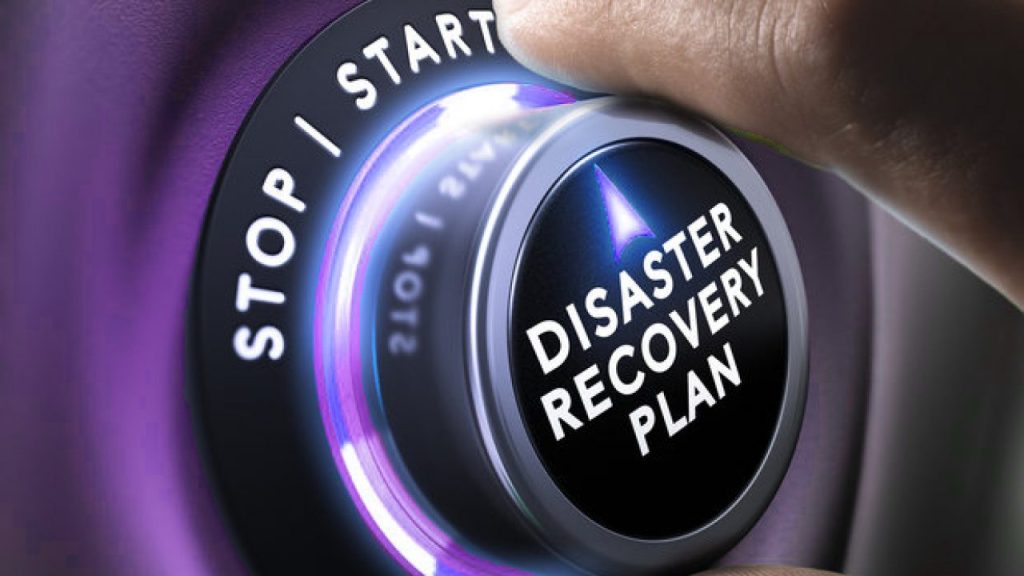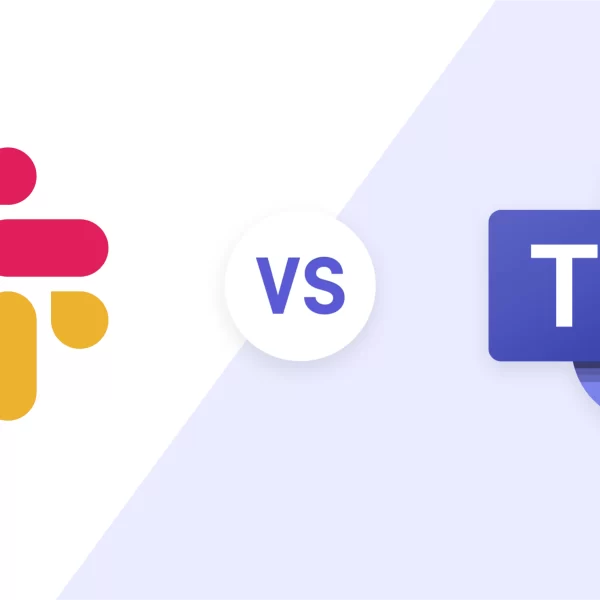Data loss can be a major setback for any organization, no matter the size. The financial and operational consequences can be severe, making it essential for businesses to have a solution that can quickly restore data in the event of any disaster. Fortunately, there are many solutions available today that provide reliable and secure disaster recovery for SQL Servers.
In this article, we will discuss the different types of solutions available, as well as their features and benefits. We will also provide tips on how to choose the right disaster recovery solution for your business.

Types of Disaster Recovery Solutions for SQL Servers:
1. Database mirroring –
This is a solution that allows a copy of the primary database to be stored on a separate server, ensuring that data can be recovered quickly in the event of an outage or failure.
2. Log shipping –
This solution uses log files to replicate changes between databases, enabling quick recovery if the primary database fails.
3. Clustering –
Clustering provides redundancy by allowing multiple nodes or servers to access and store the same data set, providing much faster failover than other solutions.
4. Replication –
Replication enables multiple copies of the same data to be stored in multiple locations, providing redundancy and quick recovery in the event of an outage or failure.
Benefits of Disaster Recovery Solutions for SQL Servers
1. Increased uptime –
Using a disaster recovery solution for SQL Servers can help ensure that your business remains up and running even if there is an unexpected interruption, such as a power outage or system failure.
2. Reduced downtime –
By using a reliable disaster recovery solution, businesses can quickly recover from any disruption in service due to server outages or failures. This reduces the amount of time needed to get back online and reduces potential losses due to lost productivity or revenue.
3. Improved security –
Data loss prevention measures can be implemented with a disaster recovery solution, ensuring that data is securely backed up in the event of an outage or failure.
How to Choose the Right Disaster Recovery Solution for Your Business:
1. Identify your needs –
The first step in choosing the right disaster recovery solution for your business is to identify what you need from it. Consider factors such as scalability, flexibility, and cost when making this decision.
2. Evaluate your options –
Once you have identified your needs, evaluate all available solutions to determine which one best meets them. Pay close attention to features such as security measures, backup frequency, and failover time.
3. Test the solution –
Before committing to any particular disaster recovery solution, make sure to test it thoroughly. This will ensure that the solution is reliable and can handle any potential disasters.
FAQs:
Q: What are the benefits of using a disaster recovery solution for SQL Servers?
A: Using a disaster recovery solution for SQL Servers can help ensure that your business remains up and running even if there is an unexpected interruption, such as a power outage or system failure. Additionally, it can reduce downtime and improve security by providing data loss prevention measures.
Q: How do I choose the right disaster recovery solution for my business?
A: The best way to choose the right disaster recovery solution is to identify your needs first, evaluate all available options, and then thoroughly test each one before committing to any particular one. Pay close attention to features such as scalability, flexibility, cost, security measures, backup frequency and failover time.
Q: What are the different types of disaster recovery solutions for SQL Servers?
A: Some common types of disaster recovery solutions for SQL Servers include database mirroring, log shipping, clustering and replication.
Conclusion:
Selecting the right disaster recovery solution for SQL Servers is essential for any business looking to protect their data and reduce downtime in the event of an outage or failure. By taking the time to evaluate all available options and testing them thoroughly, businesses can find a reliable solution that meets their needs and provides peace of mind. With a good disaster recovery plan in place, organizations can be certain that their data is securely backed up and ready to go when needed.












